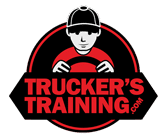As with all road users, truckers know that there are hazards to their job. Some are specific to truck driving and others are general dangers for all road uses. Most relate to accidents.

They fall into these categories:
- Physical hazards.
- Ergonomic problems.
- Chemical and biological hazards.
- Psycho-social dangers.
These can be broken down into 10 main dangers truckers face on the job.
1. Tiredness and Distractions

Every year hundreds of truckers die in motor vehicle accidents, many more are also injured. Truckers cite fatigue and distractions as the principal causes of crashes. Stricter regulations in recent years have imposed driving hours’ limitations, electronic meters in cabs, and training on dealing with these hazards.
Trucking educators advise on such things as heeding the need to rest and/or refocus for a few minutes or take coffee/snack breaks on long trips. Stopping just for a few minutes and taking some water can make all the difference to keeping a clear mind for intelligent driving.
The FMCSA allows drivers flexibility in distributing their sleeping breaks in the most appropriate way to their needs. Media facilities can be used correctly to enhance driving, not distract the driver. Another important factor is about the intelligent use of free time to be sufficiently awake/aware to drive safely on the job.
2. Road Conditions

Some road accidents are caused by the incorrect use of speed and regard for weather conditions such as rain/fog reducing visibility or snow/ice affecting vehicle control. Driving inappropriately on narrow roads and built-up areas can also be a cause of crashes (and potential lawsuits).
The need to deliver goods on time has often caused accidents as drivers try to make up time by speeding. Calculating distances and conditions, choosing the safest routes, and allowing time for potential hazards can help avoid these situations.
3. Mechanical Failures
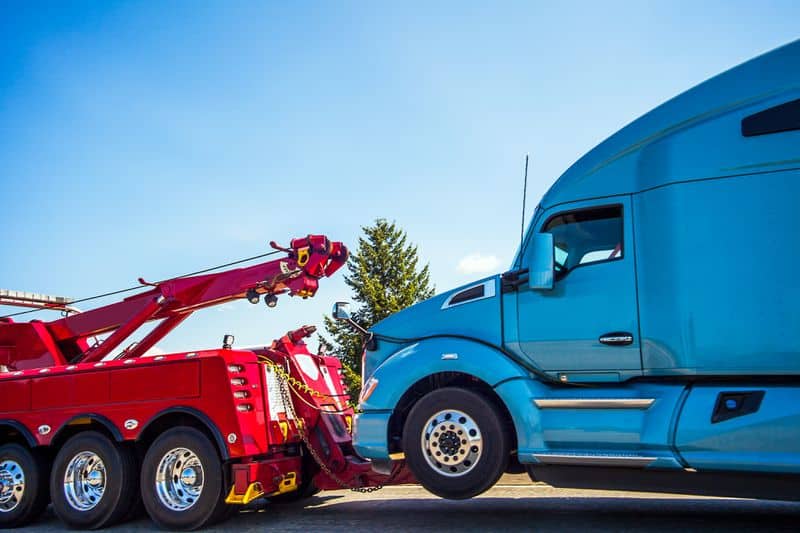
To obtain a Commercial Driver’s Licence (CDL) today, learners must prove that they are familiar with all the safety procedures and vehicle checks required. Breakdowns and mechanical failures are the cause of many delivery delays and road accidents. Daily checks of the truck before driving are considered essential to avoid these failures. There is a long list but includes checking lights, brake functions, making oil and coolant checks, and inspecting tires for worn treads.
Issues with tire treads can lead to slipping, skidding, and blowout problems while glitches with brakes can cause slow braking or brake failure. Problems arising from steering or engine issues could cause a breakdown and/or road accident.
Spillage of hazardous materials may occur in collisions with trucks carrying those loads. Management also has to be aware of the age and condition of vehicles, seeing to any repairs, alterations, or replacements to the fleet as necessary.
4. Other drivers
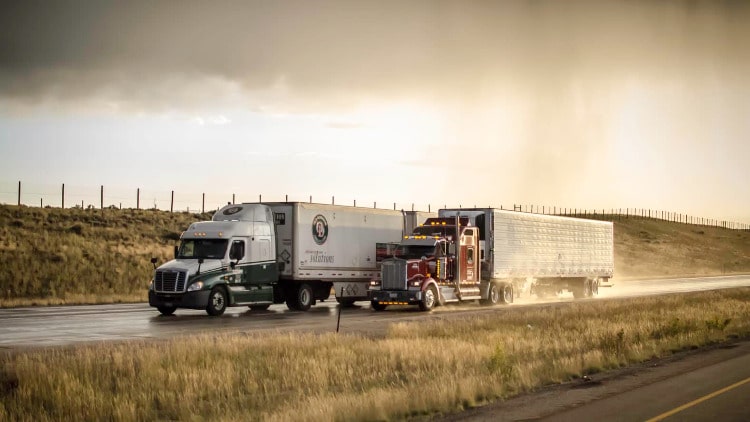
Truckers have voiced complaints that other road users are often the cause of trucking accidents. The size and weight of trucks mean involvement in collisions is potentially extremely hazardous.
Being sharply aware of other driver’s possible mistakes seems to be the most important factor in avoiding these dangers. Campaigns to alert all road users to these hazards is an area of concern for the industry as a whole.
5. Inadequate Training and Practice
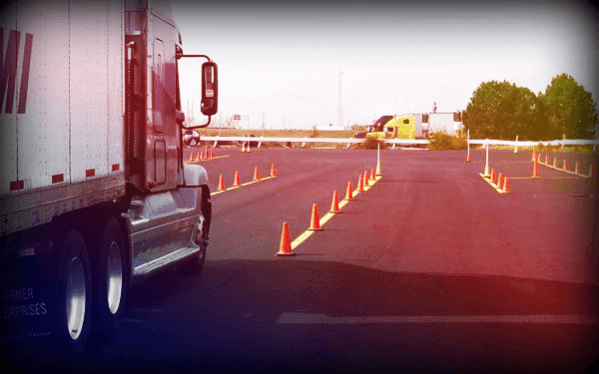
New standards introduced by the FMCSA have tightened regulations in recent years on training and certification. Training schools and educators must also obtain higher certifications than previously.
The aim is to remove problems caused by poorly trained and ill-prepared truckers. The free and easy life of the fabled trucker of Hollywood movies is a far cry from the careful professional the industry is striving for today.
6. Injuries

There are several types of physical hazards in trucking including those incurred in the maintenance or operation of heavy or awkward equipment.
- Slips and strains or bone fractures can cause loss of workdays and even long-term disabling issues. Climbing onto the top of the truck for maintenance or tarping loads is a hazardous action trainers caution is best accomplished by simply taking a suitable ladder onboard.
- Even getting into the cab needs some caution especially in wet weather and pre-driving checks should note any grease/oil spillage that might cause slipping.
- Back problems are a common complaint caused by lifting loads and opening heavy doors. Training in lifting techniques and using cargo-moving equipment can help alleviate the dangers.
- The incautious opening of doors to overstocked or badly packed vehicles can lead to injuries or falls caused as the contents tumble out. Any leakage from grease or oil in or near the truck leaves a danger zone for slips and falls.
7. Ergonomic Dangers

Long-haul driving brings with it the possibility of lower back problems, neck pain, leg cramps, and soreness from sitting for hours in an uncomfortable seat. Traveling over bad road surfaces can jar the spine and staring at the road, especially during hot sunny spells may cause eye damage.
Truck designers are taking these factors into account and producing more comfortable vehicles and windscreen materials to protect the eyes from sun glare. Not all vehicles are up to this standard yet and drivers may have to consider stopping and moving about when feeling discomfort.
Other aids are special ergonomically designed cushions and protective eyeglasses. More suitable adjustments for women drivers are also considered in the newest truck designs.
8. Chemical and Biological Dangers
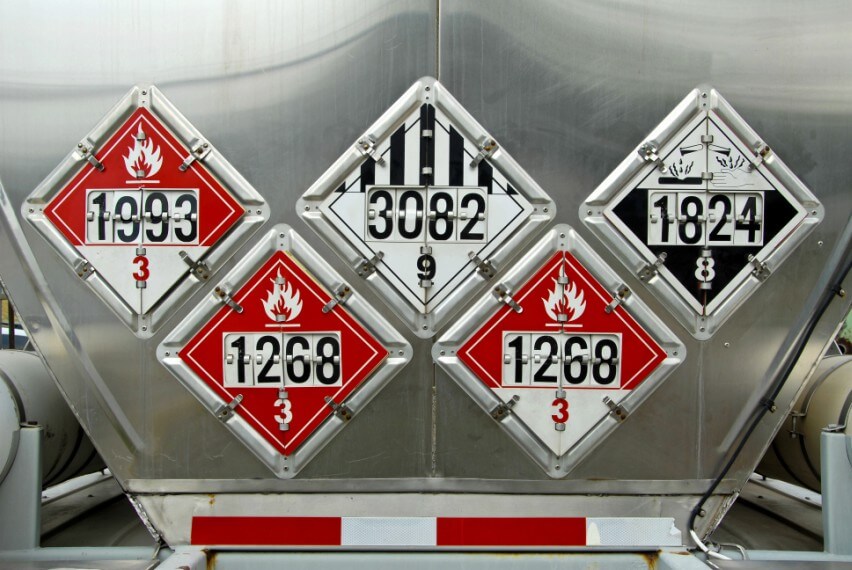
The risks for truckers carrying hazardous cargo include inhaling toxic fumes and suffering chemical burns. The risks to the public, as well as drivers, can occur from leakages following collisions. These conditions may also present a risk of fire or explosion if the truck is carrying flammable material.
Transportation of potentially dangerous radioactive materials requires specialist protective gear to avoid any contamination. Another danger is carbon monoxide poisoning from exhaust gases. Good ventilation, rest/breaks, and good truck maintenance can help minimize this danger.
9. Personal Safety Issues

Carrying valuable goods means being vulnerable to theft and personal attack. The trucking industry is concerned about these dangers and is introducing a number of in-truck security systems and various changes to protect the drivers. Truckers are also advised to avoid stops in secluded or dark areas, lock the cab securely when leaving it and keep the truck within plain sight.
A buddy scheme where 2 truckers can travel together is one possible solution. This scheme is also used for one trucker to be on hand to help another if they are injured or in difficulty.
10. Social and Welfare Problems
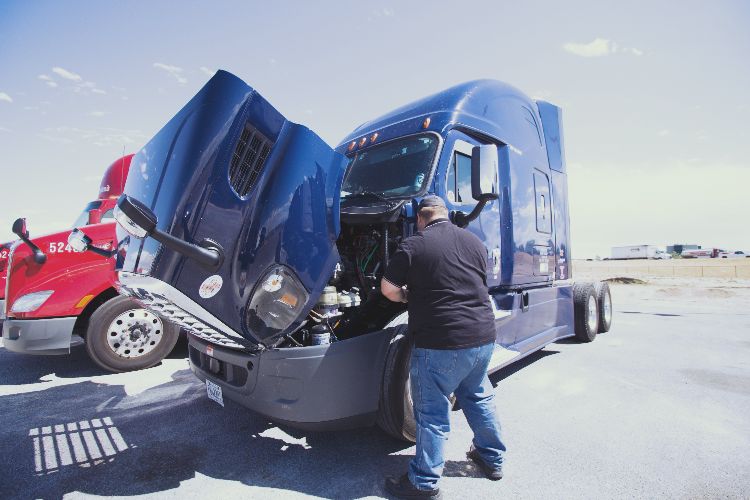
Health issues can result from causes other than injury. Obesity or gastric and digestive problems could arise from long sedentary hours and poor diet. Mental health concerns can be caused by loneliness or separation anxiety away from family and friends for long periods.
Bringing more female truckers into the workforce has created a new balance where couples and parents can split their working and family time more beneficially. There is a move to have couples share driving assignments to avoid the dangers that long periods of separation can cause in relationships.
Takeaway
There are many hazards and problems for a truck driver today. Due to some of these, motor vehicle accidents are frequent. However, there is no doubt though, that changes have been made and are ongoing to address and greatly minimize these dangers.

Geoff is a freelance writer at TruckersTraining.com with 20+ years of experience driving trucks and buses, dispatching, supervising, and training commercial driving teams. His expertise is writing topics on the transportation and trucking industry, and information technology trends.
